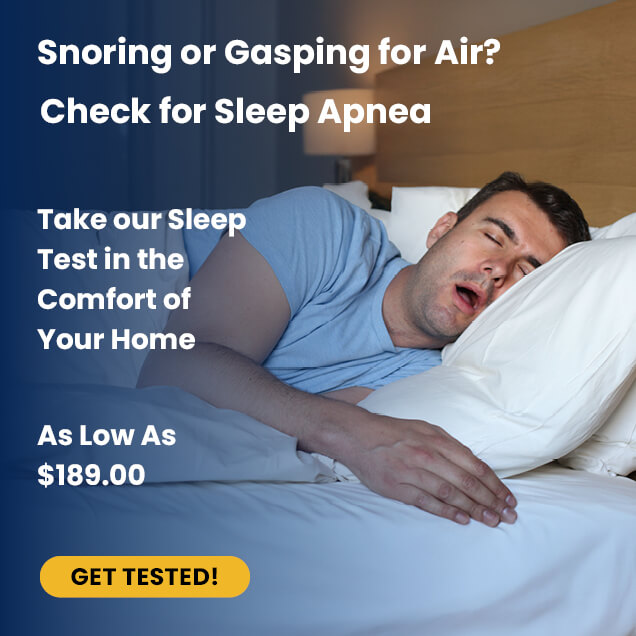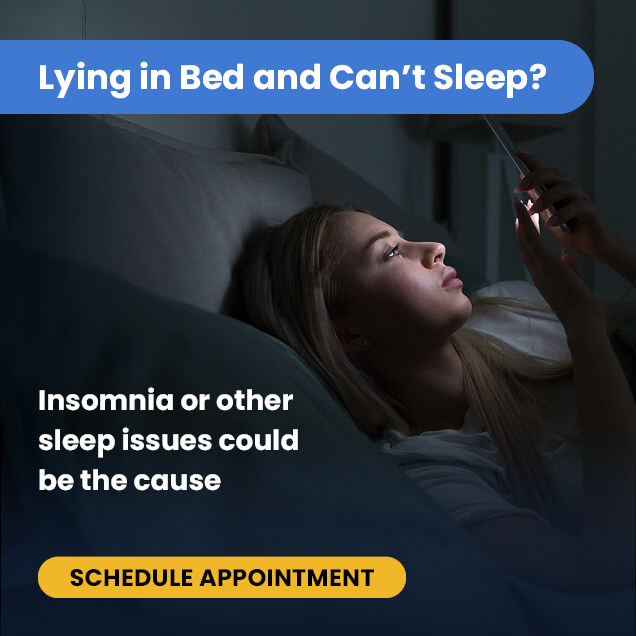Use the player to listen to the article and/or continue to read below.
What Is Confusional Arousal? | Symptoms | Epidemiology | Causes | Diagnosis | Management
Introduction
Confusional arousal, or Elpenor syndrome, belongs to a spectrum of sleep disorders that are characterized by arousal from the non-rapid eye movement (N-REM) sleep phase.
This disorder is in the same family as sleepwalking and sleep terrors, collectively known as NREM parasomnias. Although it’s less severe than other NREM disorders, the underlying mechanism is significantly similar.
The disorder can be highly prevalent in children, causing significant parental worry due to unusual behavior during confusional arousal episodes.
Keep reading to find out more about confusional arousal, including causes, symptoms, diagnosis, and management.
What Is Confusional Arousal?
Confusional arousal is disorientation or confusion following an awakening during the night or daytime nap.
A lengthy bout of sleep inertia occurs as you wake from slow-wave sleep, and is marked by confusion, partial arousal, and disorientation.
This sleep disorder, a.k.a. “sleep drunkenness,” is aptly named due to a lack of responsiveness to surroundings and incoherent speech upon waking.
You may feel bewildered and may even express a need to complete specific tasks or goals but possess no recollection of the event after gaining full consciousness.
A typical episode can last up to fifteen minutes; however, episodes can last hours in rare instances.
Symptoms
- Mental Confusion
- Agitation
- Slow Incoherent Speech
- Amnesia Following an Episode
- Daytime Brain Fog / Moodiness
Epidemiology
Confusional arousal is common in childhood but can also continue into adolescence and adulthood.
Overall, the adult lifetime prevalence of confusional arousal is approximately 18.5 percent.[1]
In children aged 3 to 17 years, the proportion is around 17.3 percent but decreases to 6 percent in adults.[2]
The research also suggests an equal possibility of confusional arousal in men and women, with a high prevalence in shift workers.[3]
Adults can experience confusional arousal due to an underlying sleep disorder, like obstructive sleep apnea or restless legs syndrome.
How Does Confusional Arousal Happen?
The non-rapid eye movement (NREM) sleep phase has three stages:
- Light Sleep Stages (N1, N2)
- Deep Sleep Stage with High Tendency of Arousal (N3)
You pass through each sleep stage every night, with your brain activity varying with each stage. A different intensity and frequency of brain waves in the respective phase determine the depth of sleep.
Confusional arousal occurs during the N3 stage of NREM sleep, which is a slow-wave sleep phase. You wake up, but your brain does not undergo the complete transition from N3 to N2 and N1 (lighter sleep) and the subsequent awakening.
It’s most likely to happen in the initial one-third of the night but can also occur in the morning during waking up. The patterns of confusional arousal are predictable because they occur at the same time every night.
Causes
Some factors involved in the onset of confusional arousal are as follows:
- Genetic Tendency
Research shows that confusional arousal, like other NREM parasomnias, has a familial disposition.[4] Therefore, individuals who have a family history of confusional arousal are more likely to suffer from them. - Sleep Disorders
In adults, confusional arousal can happen in conjunction with other sleep disorders. For example, if you have sleep apnea or restless legs syndrome that causes frequent awakenings, you can experience confusional arousal. These disorders disrupt the sleep cycle and cause a poor transition between different phases. - Primary Health Issues
Gastroesophageal reflux (GERD) can cause nocturnal awakenings due to acid regurgitation in the throat. In some individuals, they may trigger confusional arousal. Iron deficiency can also trigger confusional arousal, as shown by studies where correction of iron deficiency in children rectifies NREM parasomnias.[5] - Age
Your age plays a vital part in determining your risk of confusional arousal. They are more prevalent in childhood and tend to resolve with advancing age. - Triggers
Several external and internal environmental factors are responsible for triggering or increasing the severity of confusional arousal, including: - Sleep Deprivation
- Recovery from Lack of Sleep
- Physical and Mental Stress
- Menstruation
- Bladder Distension During Sleep
- Fever
- Sleep Aids and Sedative Medications
- Unstable Sleep Pattern (Shift Work)
Differential Diagnosis
- Nocturnal Seizures
- Psychiatric Disorders
- Obstructive Sleep Apnea
- Restless Legs Syndrome
- REM Sleep Behavior Disorder (RBD)
Diagnosis
The evaluation of confusional arousal involves participation from a bed partner or parent. The doctor takes comprehensive history, which generally includes:
- Frequency and happenings of the event
- Family history of sleep disorders
- Queries about symptoms, like snoring or jerky leg movements to rule out sleep disorders, such as sleep apnea
- Medications and sleep aid usage
- Lifestyle and sleep habits
Usually, these are sufficient to make a diagnosis of confusional arousal. If there’s still some uncertainty, your practitioner may recommend a sleep study or polysomnography, which analyzes your brainwaves, blood oxygen levels, heart rate, and breathing.
Management
The management of confusional arousal depends on the severity and cause of the disorder.
Mostly, avoiding triggers and implementing behavioral strategies should be effective and used as first-line strategies for management; however, if confusional arousal episodes are frequent or don’t respond to behavioral therapies, doctors recommend medications.
In the case of children, confusional arousal is prone to resolving with age. However, these tips are helpful in cases where there’s a family history of confusional arousal or where the episode is triggered by lack of sleep or fever.
Management Tips:
- Avoid awakening or restraining the child or bed partner during an episode as it may aggravate the situation. Research also suggests that restraint may trigger violent behavior.[6] It’s better to allow the episode to run its course unless the individual shows signs of harming himself or others.
- Iron supplements with vitamin C or orange juice, or an iron-rich diet can help resolve anemia, and stem confusional arousal episodes.
- Anticipatory awakening is an effective behavioral technique to address NREM parasomnias.[7] It refers to wakening the child/bed partner 15 to 20 minutes before the usual time of the episode because it changes the state of sleep and aborts the imminent event of arousal.
- Rule out the presence of other sleep disorders and seek treatment for them. Their diagnosis and management can reduce the frequency of confusional arousal.
If episodes remain unmanageable after trying these tips, you should seek medical advice.
Conclusion
Confusional arousal consists of episodes of low consciousness due to an incomplete transition from deep to light sleep during the NREM stage. It’s common among children and tends to resolve with age. However, behavioral therapies and lifestyle modifications can prove effective in mild to moderate cases.
References:
- Singh, S., Kaur, H., Singh, S., & Khawaja, I. (2018). Parasomnias: A Comprehensive Review. Cureus, 10(12), e3807. https://doi.org/10.7759/cureus.3807
- Bjorvatn, B., Grønli, J., & Pallesen, S. (2010). Prevalence of different parasomnias in the general population. Sleep medicine, 11(10), 1031–1034. https://doi.org/10.1016/j.sleep.2010.07.011
- Ohayon, M. M., Guilleminault, C., & Priest, R. G. (1999). Night terrors, sleepwalking, and confusional arousals in the general population: their frequency and relationship to other sleep and mental disorders. The Journal of clinical psychiatry, 60(4), 268–277. https://doi.org/10.4088/jcp.v60n0413
- Hublin, C., & Kaprio, J. (2003). Genetic aspects and genetic epidemiology of parasomnias. Sleep medicine reviews, 7(5), 413–421. https://doi.org/10.1053/smrv.2001.0247
- Gurbani, N., Dye, T. J., Dougherty, K., Jain, S., Horn, P. S., & Simakajornboon, N. (2019). Improvement of Parasomnias After Treatment of Restless Leg Syndrome/ Periodic Limb Movement Disorder in Children. Journal of clinical sleep medicine : JCSM : official publication of the American Academy of Sleep Medicine, 15(5), 743–748. https://doi.org/10.5664/jcsm.7766
- Pressman M. R. (2007). Disorders of arousal from sleep and violent behavior: the role of physical contact and proximity. Sleep, 30(8), 1039–1047. https://doi.org/10.1093/sleep/30.8.1039
- Attarian H. (2010). Treatment options for parasomnias. Neurologic clinics, 28(4), 1089–1106. https://doi.org/10.1016/j.ncl.2010.03.025






